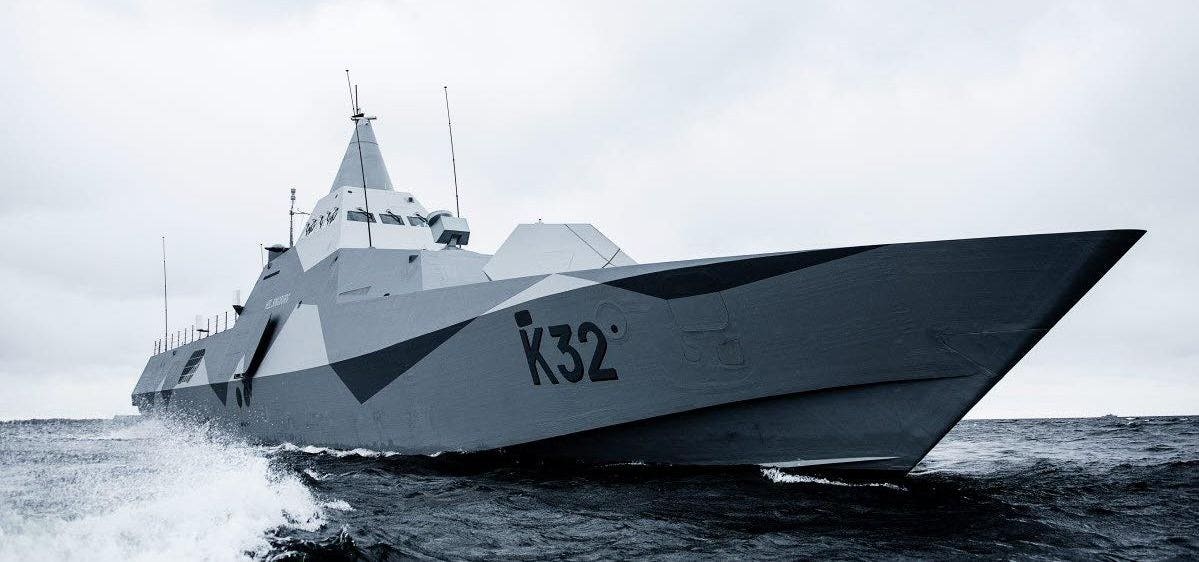After more than a year of dithering, Turkey finally has lifted its objection to Sweden joining NATO, continuing the transatlantic alliance’s biggest expansion in a generation.
It’s an expansion that dramatically will alter Europe’s strategic geography—in NATO’s favor. A maritime noose is tightening around Russia in the Baltic Sea.
The decision in favor of Sweden came during a NATO summit in Lithuania on Monday. “Sweden and Turkey have worked closely together to address Turkey’s legitimate security concerns,” the alliance announced.
Finland and Sweden both had applied to join NATO in the months following Russia’s wider invasion of Ukraine starting in February 2022. Finland’s accession was straightforward. But Sweden’s bid stalled after the Turkish government accused the Swedish government of harboring Kurdish militants.
NATO’s charter requires all members—currently, 31—to ratify a country’s application. To nudge Turkey into the yes camp, the Swedish government tweaked its counterterrorism laws and promised to support Turkey’s bid to join the European Union—and the United States teased approval of a longstanding Turkish request to produce the latest version of the American-designed F-16 fighter jet.
In joining NATO, Finland added its 24,000 active troops, 100 warplanes and scores of warships to the alliance. Now Sweden will add its own 15,000 active troops plus similar numbers of planes and ships.
The additional manpower isn’t hugely significant in an alliance that already includes 3.5 million troops. The geographical changes arguably are more important. With Finland and Sweden in NATO, the territory under the alliance’s protection extends along Finland’s 830-mile land border with Russia—and also nearly encircles the Baltic Sea.
The latter is key. NATO’s most vulnerable members—Latvia, Lithuania and Estonia—are sandwiched on the Baltic between Russia and Kaliningrad, Russia’s Baltic exclave. “NATO would almost certainly need basing rights in Finland and Sweden to defend the Baltic states,” the New York City-based Council on Foreign Relations explained.
Admitting Finland and Sweden gives NATO myriad air bases, ports and lines of communication north of Latvia, Lithuania and Estonia, facilitating swift reinforcement of the three countries in the event of a Russian attack.
Read the full article here





